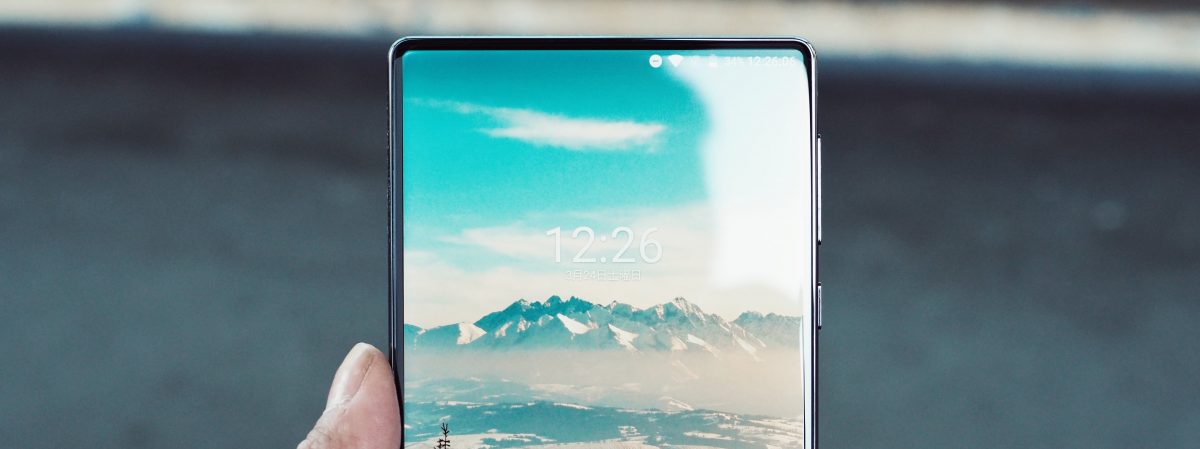Before moving on to the guide, keep in mind that 2GB is the minimum disk space required to download and install Android Studio – 4GB is what we recommend. Android Studio requires a compatible version of the JDK (Java Development Kit). Unless you’ve recently been coding through Java, chances are you don’t have JDK pre-installed.

NOTE: Make sure you’ve filled in the bubble highlighted above.
- Once downloaded, proceed through the setup until you see the following
- Either remember the predetermined path or change it to a more prefered location: you’ll need to know where to access these files later on
- After successfully installing the newest version of JDK, cilck here and visit Android’s development website to begin downloading Android Studio


NOTE: This method of installation is compatible with both iOS and Windows devices.

- The download will begin shortly. If done correctly, a prompt should appear at the bottom-left corner of your browser.
- Once downloaded, click the prompt indicated above. Then, click YES on the following window that asks for permission/access to your files. Proceed with the download, making amendments wherever you see fit. After thumbing through several optimization screens, your final installation should be complete.


NOTE: You may be required to manually locate and set the path to the JDK files that you downloaded at the beginning of this guide.
Welcome to Android Studio!

Navigating the Setup Wizard

Make sure Standard is selected and hit Next. On the next screen, click Finish and wait for the Wizard to complete.
Setting up your first project
If it isn’t already, open up Android Studio and click on the first prompt to Start a new Android Studio project.

The next upcoming window will ask you to input three of the following specifications:
- Application Name is the name that users will see. For now, label it “Sample Project”;
- Company Domain affects not only the Package Name of this project but also the following projects to come. Android Studio remembers the Company Domain and appends each package name with whatever you submit. Leave this blank or default for now;
- Project Location is the where this and every other subsequent project will be stored;
- The Package Name is the way your project will be identified, and the name is a combination of both your Application Name, Company Domain, and Project Location. However, it can be Edited independently from the Application Name and Company Domain.
Your screen should look similar to this:

We’ll be focusing on Phone and Tablets, so scan the image below and make sure to exclude all other platforms. Selecting API 8: Android 2.2 (Froyo) beside “Minimum SDK” will ensure that your app is compatible with 100% of devices that are currently active across the Google Play Store

After clicking Next, select the Basic Activity template and click Next again

Change the Activity Name to My Activity. Both the Layout Name, Title and Menu Resource Name should change automatically

After clicking Finish, Java will request access to your files yet again; click Allow. Upon initial installation, Android Studio needs to unpack a sizeable amount of data; the UI might need some time before fully deploying. If this is the case, don’t exit App Studio. Find the loading bar located at the bottom/bottom right-hand corner and wait until its completion before continuing any further.
Otherwise, this concludes our guide on getting started with Android Studio!

